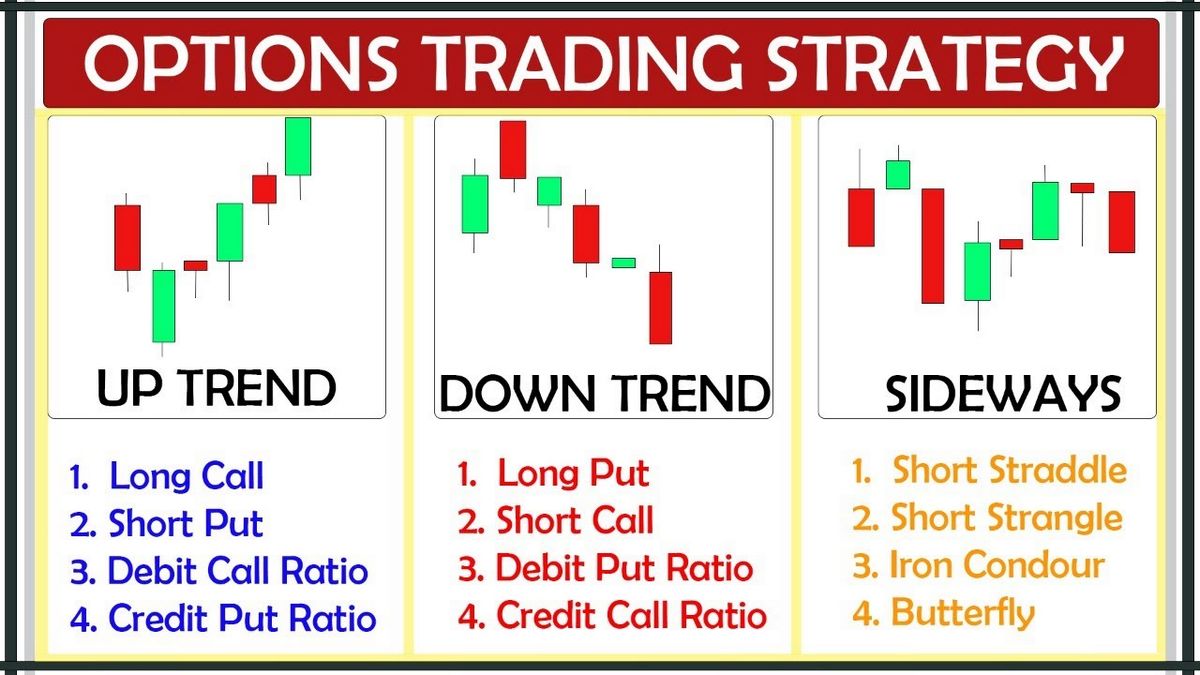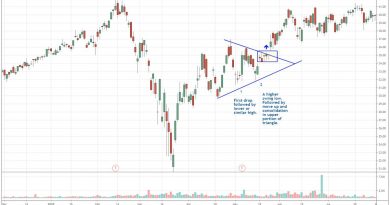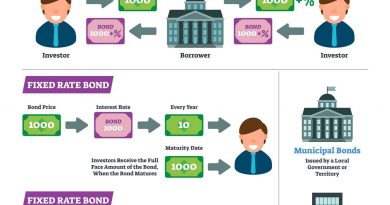Understanding Pin Risk and How It Works in Options Trading

Contents
Understanding Pin Risk in Options Trading
What Is Pin Risk?
Pin risk is the uncertainty that arises when the expiration price of an options contract is at or very close to the option’s strike price. This can cause options traders to be unsure about exercising their long options and the number of short positions they may be assigned on.
Pinning a strike can be risky for options traders because they may experience losses based on how many long contracts they exercised and how many shorts they ended up being assigned on.
Key Takeaways
- Pin risk is the risk to options traders that the underlying security will close at or very close to the strike price of expiring options.
- The risk is the uncertainty of how many long options should be exercised and how many shorts they will be assigned on.
- This uncertainty can create unhedged positions over the weekend, with the risk of the market moving against them.
- A pinned position is difficult to effectively hedge against.
Understanding Pin Risk
Pin risk is the risk an option seller experiences as expiration approaches and the price of the underlying asset is near in the money (ITM) after expiration. If the underlying expires even slightly out of the money (OTM), the option writer’s profit is the total premium collected. However, if the underlying is slightly in the money, the seller may be assigned by a long who exercises the option.
If the option is assigned, the option seller is now exposed to the possibility of the underlying moving unfavorably against them, potentially resulting in substantial losses.
Before expiration, the option seller does not know how to hedge the position and any hedge they choose will erode their potential profits.
Pinning refers to institutional option buyers manipulating price action in the underlying as expiration approaches. If buyers face the potential for a total loss, they may try to pin the stock to a price just in the money by entering buy orders before the close. Unsuccessful attempts represent a significant risk to those trying to pin the stock, but successful attempts can represent a substantial risk to option sellers.
Pinning the strike happens most frequently when there is significant open interest in the calls and puts of a particular strike as expiration approaches.
Pin Risk May Result in Market Risk
The risk to options sellers is that they do not know for certain whether the holder will exercise the options, leaving them with either a long or a short position in the underlying. Attempting to hedge such a position will also leave the options seller with market risk if the option is not exercised.
Neither party knows exactly how to hedge their positions. At one stock price, they have no need for hedges, but at a different price, they could have exposure to market risk, typically over a weekend, which they will have to address when trading resumes.
For example, if the purchaser of a $30 call exercises the option to buy the stock, the position is not covered by the writer, resulting in a short position in the stock. The reverse is true for a put, leaving the writer of the option with a potentially losing long position.
Example of Pin Risk
Let’s say XYZ stock is trading at $30.10 on the last day of trading, and there is significant open interest in the 30 strike calls and puts. As the trading day comes to a close, the stock falls steadily to exactly $30.00, where it closes.
Trader A may be uncertain about whether to exercise options that are at the money, as there is no profit to be had at exactly $30. Trader B, the short call seller, should expect the options to expire worthless. However, they cannot be sure if or how many calls Trader A will exercise, leaving them uncertain about the assignment and potentially receiving a short position in XYZ shares at $30.00.



